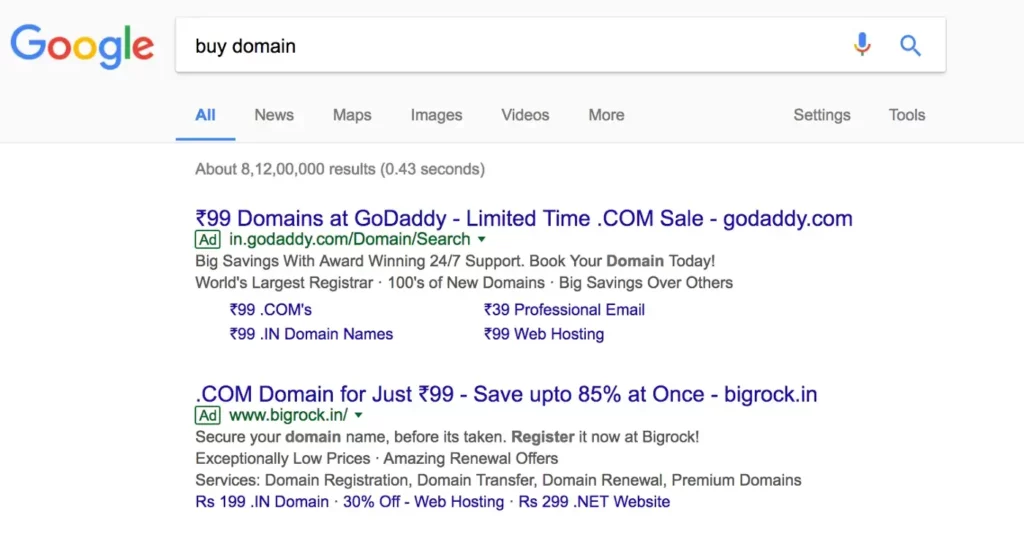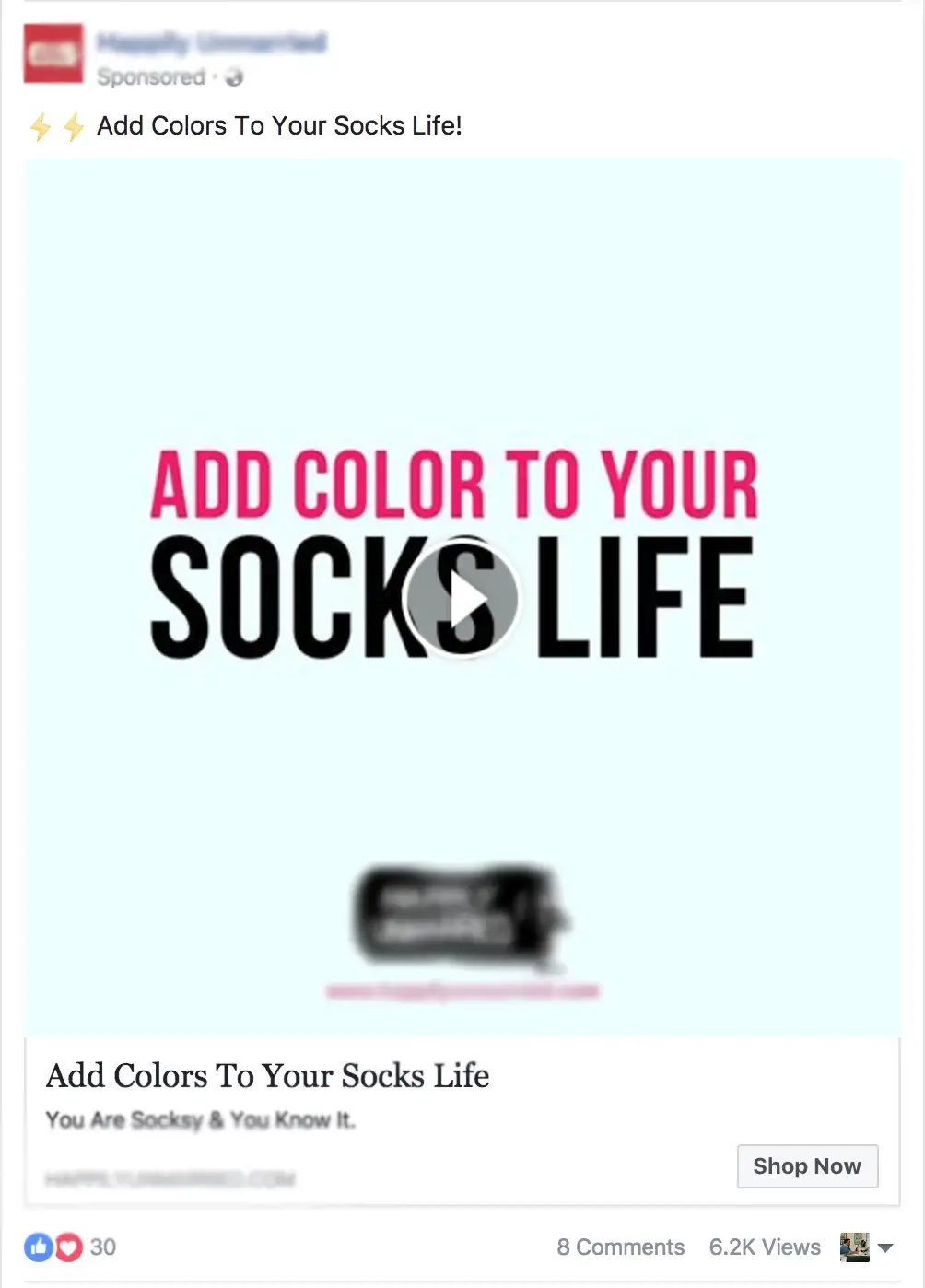Seizure-inducing banners. Sidebars. Leaderboard. Expandable. Interstitial. ROS. screen takeovers. slugs. unmarked text. popups. newsletter subscription. autoplay videos. mid video. retargeting. spam. in app. mid game. promoted. sponsored. advertorials. rich content. tracking scripts. marketing spam. clickbait (what comes next will blow your mind!). linkbait. almost invisible unsubscribe buttons. auto-playing audio. adware scripts and much more.. Digital ad publishing mutated from being a couple of blips on a webpage enabling the content publisher to earn his livelihood to the frustrating, soul crushing assault on the senses that it is today.
How did this happen? When did this happen? and where were we when this happened?
The answer to the last 2 questions is quite obvious. It happened gradually over time & we were right there staring into our screens slowly building a high level of banner blindness ignoring everything that come between us & what we were consuming on our screens. As for the “why”, there are a multitude of reasons why this transformation happened.
Competition is the first thing that comes to mind. The ad race is not limited to just a couple of providers with a monopoly. As the foot print of the internet expanded exponentially & also moved beyond the monitor in our study to the tablets in our bags & the mobiles in our pockets, a host of ad publishing networks came to the fore. This along with the fact that analytics started disproving the inefficiency of ads driving costs down at an alarming rate pushed publishers to dedicate more space to ads to generate revenue. The layers between advertiser to publication increased multifold & hence ad money was split along a long chain making it even more difficult to earn with small volumes. Then came the ad blockers — a part of the vicious circle. As more & more consumers were able to avoid ads altogether, publishers started adopting even more intrusive measures to reach out to the consumers. Now, if you have ad blocker on, you are most likely asked to turn it off to access the content. Which from a publishers standpoint is ok, but then again you are subjected to a barrage of obnoxious ads & slow loading websites due to the zillion ad scripts that are running on the pages. We are 20+ years into the internet era, out technologies have matured & getting better, user experience design has become a mainstream talking topic, but navigating our digital platforms have become a tight rope walk lest you move or click your cursor by mistake over an ad space triggering off a crazy set of events!
Mind you that platforms that rely on users coming to their sites & spending time on it are at the other end of the spectrum spending huge dollars on moving pixels to design better user experiences. You don’t see these issues on the Amazons, Googles & Facebooks of our time. These are also the platforms that generate billions in ad dollar revenue. Ironic? or is it?
Enter: Non-intrusive advertising. A set of platforms & influential organizations have begun working towards building a set of rules that allow publishers to earn money by publishing ads, that are not distracting, tricking or blocking users from accessing content on platforms. And the past couple of years see a lot of platforms working towards achieving this balance in the eco-system. Facebooks news feed ad is a perfect example of it. Google search ads as well.


In both instances, you can see that both the ads don’t have dizzy, epilepsy inducing graphics or suddenly morph into dinosaurs snapping at you & tearing up the screen. They are clearly marked that they are ads & sponsored content. They also follow the user flow and constrained to it. In case of the Facebook ad, it seems like any other post that is on your feed, except the post being marked & the “shop now” call to action. Seen “other products you may like” sections on e-commerce platforms? Users click on them without even noticing that they’re ads or promoted marketing. The ads are positioned in such a way that the user willingly consumes them not knowing they are ads and also look into what the brands have to offer. This increases ad consumption rates making it better for everyone involved.
Why does this form of advertising work? It is not just the way you subtly place ads on a page but also the relevance. Non-intrusive ads are relevant to user behaviour, interests or what they are looking for. There are no “buy chainsaws” ads on soft toys sites anymore. The shift is that publishers are looking at connecting with audiences by building value driven acceptance, genuine brand engagement and impact.
The best part is that publishers, brands, tech companies, app developers and everyone else in a eco-system noticing that banner ad economy is crashing and creating value driven engagement the way forward. AdBlockPlus, the worlds most popular ad block software has started allowing “acceptable ads” through to users. They have a specific criteria that ads must reach to be allowed through. According to Adblock, their goal for the change is to “support websites that rely on advertising but choose to do it in a non-intrusive way”.
“Of course users want experiences that give them what they want without a ton of crufty bullshit riding alongside it,” said web designer Brad Frost, whose site Death to Bullshit brilliantly showcases the worst of the ad industry & how the same content without none of the “bullshit” is so pleasant & focussed.
A large part of the industry still needs to change. There will be a ton of compromises made on both the users side & the advertisers side, but as these initiatives show, the industry acknowledges there is a problem & is ready to work together to find common ground & work towards a solution that is largely accepted by everyone gives hope that the internet is not just yet ready to give up & become a life sucking dark hole where you are deluded into thinking catching a running mongoose on a banner will help you win bags of gold and retire into obscurity. We are finally taking steps in a direction that is positive and balanced for the future.
This article was first published here on 20th April.

